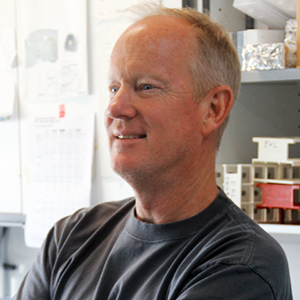Advances in mechanistic knowledge of human neurological disorders have been hindered by the lack of adequate human in vitro models. Three-dimensional (3D) cellular models displaying higher biological relevance are gaining momentum; however, their lack of robustness and scarcity of analytical tools adapted to three dimensions hampers their widespread implementation. Herein we show that human midbrain-derived neural progenitor cells, cultured as 3D neurospheres in stirred culture systems, reproducibly differentiate into complex tissue-like structures containing functional dopaminergic neurons, as well as astrocytes and oligodendrocytes. Moreover, an extensive toolbox of analytical methodologies has been adapted to 3D neural cell models, allowing molecular and phenotypic profiling and interrogation. The generated neurons underwent synaptogenesis and elicit spontaneous Ca(2+) transients. Synaptic vesicle trafficking and release of dopamine in response to depolarizing stimuli was also observed. Under whole-cell current-and-voltage clamp, recordings showed polarized neurons (Vm=-70 mV) and voltage-dependent potassium currents, which included A-type-like currents. Glutamate-induced currents sensitive to alpha-amino-3-hydroxy-5-methyl-4-isoxazolepropionic acid and N-methyl-D-aspartate antagonists revealed the existence of functional glutamate receptors. Molecular and phenotypic profiling showed recapitulation of midbrain patterning events, and remodeling toward increased similarity to human brain features, such as extracellular matrix composition and metabolic signature. We have developed a robust and reproducible human 3D neural cell model, which may be extended to patient-derived induced pluripotent stem cells, broadening the applicability of this model.
Modeling human neural functionality in vitro: three-dimensional culture for dopaminergic differentiation
Simao, D.; Pinto, C.; Piersanti, S.; Weston, A.; Peddie, C. J.; Bastos, A. E.; Licursi, V.; Schwarz, S. C.; Collinson, L. M.; Salinas, S.; Serra, M.; Teixeira, A. P.; Saggio, I.; Lima, P. A.; Kremer, E. J.; Schiavo, G.; Brito, C.; Alves, P. M.
2015
Tissue Eng Part A
2015-02 / vol 21 / pages 654-68
Abstract
10.1089/ten.TEA.2014.0079
1937-335X (Electronic) 1937-3341 (Linking)
IGMM team(s) involved in this publication

